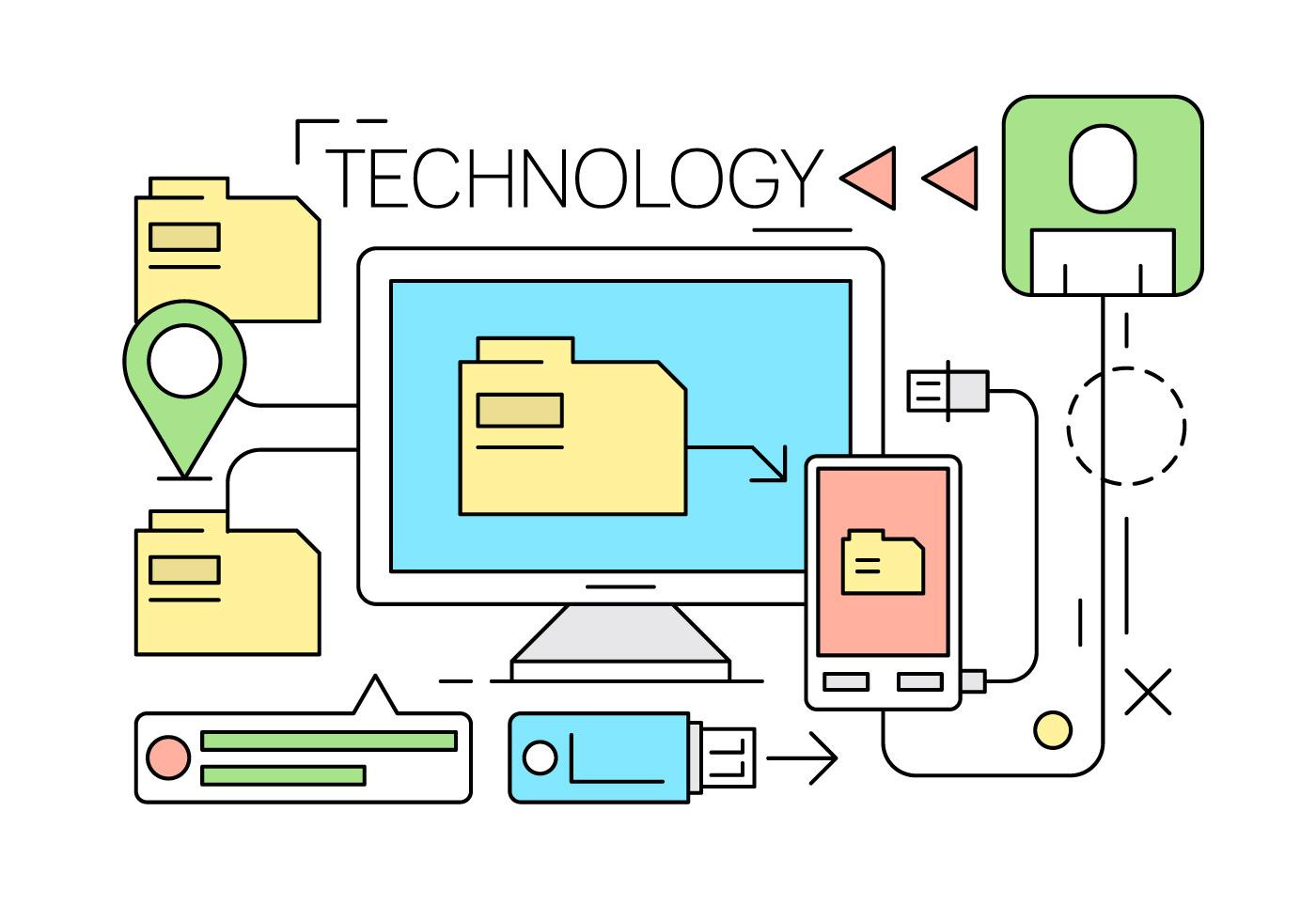Hello everyone!
Over the course of my career, one of the most rewarding aspects has been finding and leveraging cross-functional synergies. From my time at BCG to my experience with startups, the value in cross-functional collaboration has been a constant.
In general, the term ‘synergy’ sounds like something that unlocks value from a numbers perspective by enhancing efficiency. The interesting bit for me, however, is how synergies foster a culture of collaboration and camaraderie across an organisation.
This week, I would like to share some of my experiences and insights on identifying and cultivating such connections.
Here goes…..
The WHY
I realised the importance of breaking down silos quite early on in my career. In any given organisation, each department often had its own goals, metrics and KPIs to track and meet. This fact, in itself, can create barriers to cross-functional approaches. The thing to keep in mind, though, is that all departments are supposed to work towards the success of the company/organisation as a whole. Through collaboration, they can share resources, knowledge, and skills that lead to better overall outcomes.
When I was leading the Business Operations function at a startup, for instance, I was running one project in which the Marketing and Customer Success teams collaborated closely. Customer Success had valuable feedback from existing clients which Marketing capitalised on and incorporated into their future campaigns. This collaboration resulted in a new approach in which Marketing started sharing customer metrics and testimonials with potential customers, leading to a growth in qualified leads for the company.
Building Trust and Communication
Open communication and trust and the foundations of effective cross-functional collaboration. Intentional effort is required to foster these aspects. Meetings and workshops can be organised but, in my experience, informal opportunities are also crucial to breaking the ice.
At several of my previous workplaces, for instance, a monthly "lunch and learn" sessions were the norm. The idea was for different teams to present on what exactly they did and what projects and challenges they were dealing with at that point. Often in my experience, lunch and learn initiatives have been instrumental in breaking down barriers and encouraging teams to get in touch with each other. Through such initiatives, people usually start to see the value in each other’s work, which naturally develops into greater collaborative efforts.
Mapping Complementary Strengths
When finding synergies amongst teams, one critical aspect is to recognise and leverage complementary strengths. Each team/department has it’s own unique expertise and when combined in a strategic way, the results can be transformative.
I recall a situation where the lead management wasn’t efficient and our Sales team was struggling to meet their targets. where our sales team was struggling to meet targets due to inefficient lead management. Being the Sales Operations guy, the problem fell into my lap and I brought in the IT team. By partnering with them, we developed an automated system to score leads and we integrated that with our CRM system. Through the Sales team we got insights on what qualified as a high-potential lead and the IT team translated them into requirements which were, subsequently, dealt with. Our conversion rates drastically improved, leading to more sales of course.
To share another example, I was working on developing a new customer engagement initiative for the same company. We brought together representatives from Customer Success, Marketing, Sales and IT to brainstorm a bit and agree on the path forward. The Sales team, for instance, suggested a new pricing strategy that would encourage subscriptions. The Marketing team proposed a new tool to launch communication through. The result was a hybrid approach that significantly improved customer satisfaction and reduced response times, leading to customers staying with us longer.
Leveraging Technology
Technology plays a crucial role in facilitating cross-functional collaboration. The use of tools can bridge the gap between teams and streamline workflows throughout an organization.
At a media tech company that I worked for, we adopted a project management tool called Asana that allowed for transparent tracking of tasks and deadlines across departments. There are many such tools out there but the idea isn’t just keep everyone on the same page but also highlight interdependencies and eliminate potential bottlenecks early on. It did wonders for us!
Reflection
Finding cross-functional synergies requires a mindset shift, especially for those who are more comfortable with isolated working. Increased efficiency, innovative solutions, and a stronger, cohesive organizational culture are all clear benefits though.
Throughout my career, I have had roles through which I have encouraged teams to look beyond their immediate tasks and see the bigger picture. Cross-functional synergies are not just about improving operations; they are about building resilience and adaptability.
The key, though, is not to lose patience and remain committed!









This is a really interesting piece. I agree that breaking down silos is essential in our modern and complex world.
I find the polarisation of society versus the interconnection of the world of work quite an interesting dichotomy…..
"Throughout my career, I have had roles through which I have encouraged teams to look beyond their immediate tasks and see the bigger picture." So important to do and to encourage, especially those who don't naturally do it.